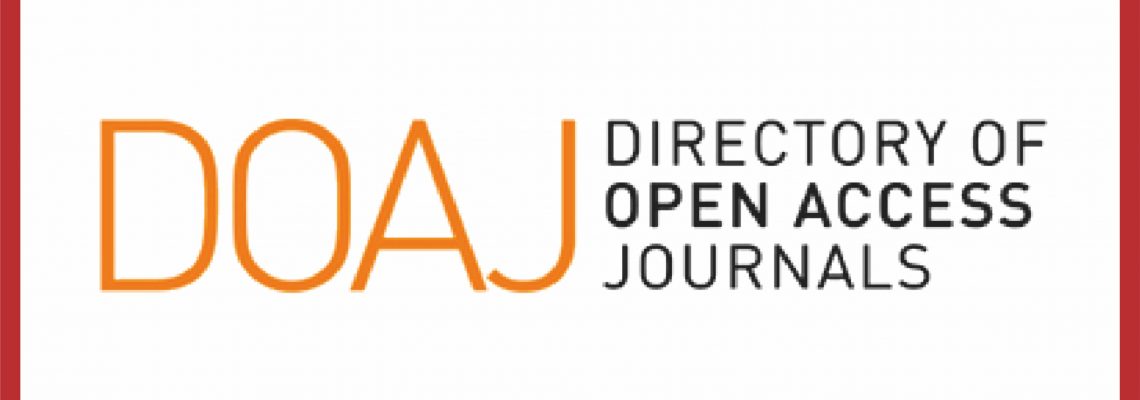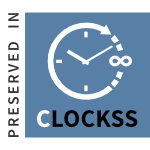Correlation of Periodontal Phenotype with Periodontal Probing Depth in Maxillary Anterior Teeth: A Cross-Sectional Study Using Probe Transparency Method
Periodontal Phenotype correlation with Periodontal Probing Depth in Maxillary Anteriors
DOI:
https://doi.org/10.55279/jafmdc.v6i2.318Keywords:
Michigan O probe, Phenotype, Probing depthAbstract
ABSTRACT
Obejective: To correlate periodontal phenotype with periodontal probing depth in maxillary anterior teeth in patients reporting to a tertiary care dental hospital for their routine periodontal care using probe transparency method
Methodology: In this cross-sectional study carried out at Lahore medical and dental college, Lahore a total of 180 patients were included. The periodontal phenotype /gingival thickness was identified using the probe transparency method that involved placement of a probe inside the gingival sulcus and determining its transparency through the gingival sulcus. The periodontal probing depth was measured by determining the distance between the base of sulcus and gingival margin using a Michigan O periodontal probe with William’s markings. Assessment of both periodontal phenotype and probing depth was done by the same examiner to minimize chances of any bias.
Results: In this study, patients’ mean age was 30.95±6.08 years, 96(53.33%) patients were male. Thin phenotype was observed in 78(43.33%) patients and thick phenotype was observed in 102(56.67%) patients. A strong positive correlation was found between the average probing depth and phenotype of the patients. i.e., r=0.901.
Conclusion: This study concluded that a strong relationship exists between the periodontal phenotype with periodontal probing depth in maxillary anterior teeth in patients reporting to a tertiary care dental hospital for routine periodontal care using probe transparency method
Downloads
Published
How to Cite
Issue
Section
License
Copyright (c) 2024 MAHA MAQBOOL, USMAN MANZOOR, SADIA IQBAL, SITTARA JAVED, Hania Ali, ZUBAIR AHMED KHAN

This work is licensed under a Creative Commons Attribution-NonCommercial 4.0 International License.
You are free to:
- Share — copy and redistribute the material in any medium or format
- Adapt — remix, transform, and build upon the material
- The licensor cannot revoke these freedoms as long as you follow the license terms.
Under the following terms:
-
Attribution — You must give appropriate credit, provide a link to the license, and indicate if changes were made. You may do so in any reasonable manner, but not in any way that suggests the licensor endorses you or your use.
-
Non Commercial — You may not use the material for commercial purposes.
-
No additional restrictions — You may not apply legal terms or technological measures that legally restrict others from doing anything the license permits.













